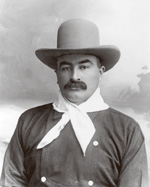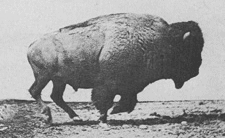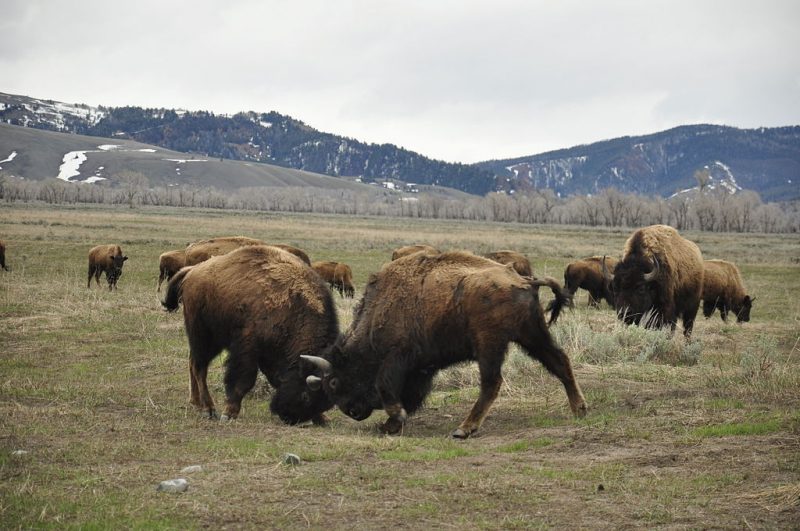James (Scotty) Philip was born near the town of Dallas, Morayshire, in the highlands of Scotland on April 30, 1858.
When he was young he loved reading exciting stories about the life in the American West.
These stories mostly glorified misinterpretations which appealed to him, so in the spring of 1874, at the age of 15, Philip left Scotland to follow his older brother George to a settlement in Victoria, Kansas.
He went to Kansas in search of adventures but soon realized that the American West wasn’t as described in the stories he read back home.
In Kansas, he spent his days working long hours doing menial labor. There he was given the nickname of Scotty, as a reference to his homeland.

Around that period, stories of gold discovery in the Black Hills of South Dakota hit the Kansas newspapers. This sounded like an adventure to Scotty, so he headed for the Hills.
The Black Hills belonged to the Indians and were part of their reservation. They believed that the Black Hills were sacred and didn’t want the miners desecrating the place with their attempts in finding gold.
Later, he went to Fort Laramie, Wyoming, where he worked as a government teamster but he quit this job and went to Fort Robinson to cut hay and deliver messages to the Army.
He managed to save enough money to purchase a team of mules and a freight wagon and began to build up a herd of cattle.
Scotty got married to Sarah Laribee in 1879 and they moved to Clay Creek where Scotty began ranching and hauling freight.
Freighting was very profitable and he continued building his herd of cattle. He moved his ranch to the mouth of the Grindstone Creek.

While building his ranch, Scotty met a man called Pete Dupree. Dupree’s son managed to save 5 buffaloes calves during the last big hunt on the Grand River in 1881.
When Dupree died, Scotty decided that he would prevent the buffalo (American bison) from falling into extinction and bought the little herd (which had grown to over 50) from Dupree’s estate.
He constructed a special pasture for the buffaloes in 1901 and brought the herd which eventually would number nearly thousand animals. At that time that was the largest herd in the world.
Numerous national and state parks throughout the United States would later provide stock from this herd.

In the last years of his life, Scotty was a well-known and respected men in the West. In 1911, his sudden death caused by a cerebral hemorrhage shocked the West.
People had traveled for three days to attend his funeral. The funeral procession included prosperous bankers, Indians from the reservations, cowboys, ranchers, and friends.
This hard-working man saved the buffalo from extinction and in 1958, James “Scotty” Philip was inducted into the Hall of Great Westerners at the Cowboy Hall of Fame in Oklahoma City.
